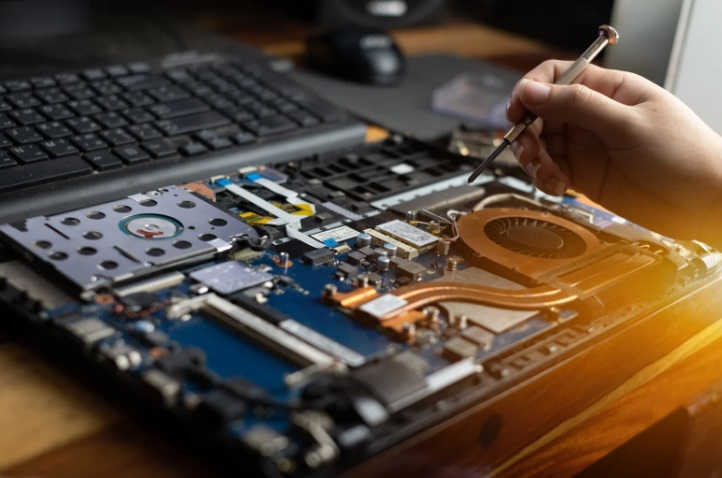Laptops have become essential tools in our daily lives—whether for work, education, or entertainment. However, like all machines, laptops can develop issues over time. Ignoring early warning signs may lead to bigger, costlier problems down the road. In this blog, we’ll highlight the top 7 signs your laptop may need professional repair and why it’s best not to delay.
1. Frequent Freezing or Crashing
If your laptop freezes or crashes regularly, it’s more than just an inconvenience—it could be a sign of a failing hard drive, faulty RAM, or a software conflict. Temporary fixes won’t solve the core issue. A professional can diagnose and replace the problematic component before it leads to data loss.
2. Overheating
All laptops produce heat, but if yours becomes unusually hot or shuts down unexpectedly, it’s a sign of internal issues. Overheating can damage the motherboard or CPU if not addressed. Dust buildup, fan failure, or dried-out thermal paste may be the cause, which should be handled by a technician.
3. Battery Draining Quickly
A healthy laptop battery should last several hours on a full charge. If your battery dies within minutes, even after charging, it’s a sign the battery may need replacement. In some cases, the charging circuit could also be at fault—something only a technician can confirm and fix.
4. Unresponsive or Broken Keyboard/Touchpad
Non-functional keys or an unresponsive touchpad can severely affect usability. Spilled liquids, internal connection issues, or worn-out hardware may be the cause. These issues often require part replacements that a professional can perform safely.
5. Slow Performance Despite Maintenance
If your laptop remains slow after disk cleanups, software updates, or even a reset, it could be a sign of aging hardware—such as a failing hard drive or insufficient RAM. A professional can assess whether a hardware upgrade or deeper repair is necessary.
6. Strange Noises
Clicking, buzzing, or grinding noises from your laptop are never a good sign. These usually point to mechanical problems, especially in hard drives or cooling fans. Acting early can prevent complete hardware failure.
7. Display Issues
Lines on the screen, flickering, or a completely black display are clear signs something is wrong. This could stem from a faulty screen, loose internal connection, or graphic chip problems. DIY fixes can cause more damage—professional repair is safer.
Final Thoughts
Being proactive with repairs saves both time and money. If you notice any of these signs, don’t wait until your laptop completely fails. A trusted technician can diagnose the issue accurately and keep your device running smoothly for years to come

